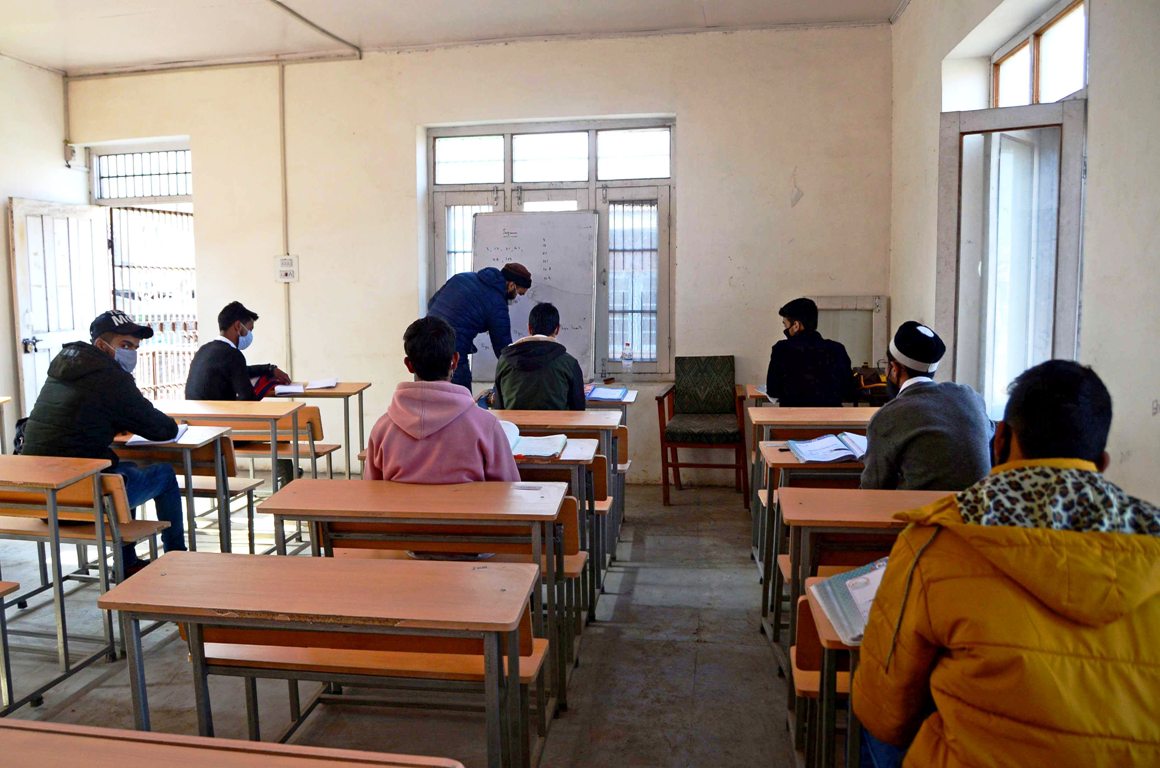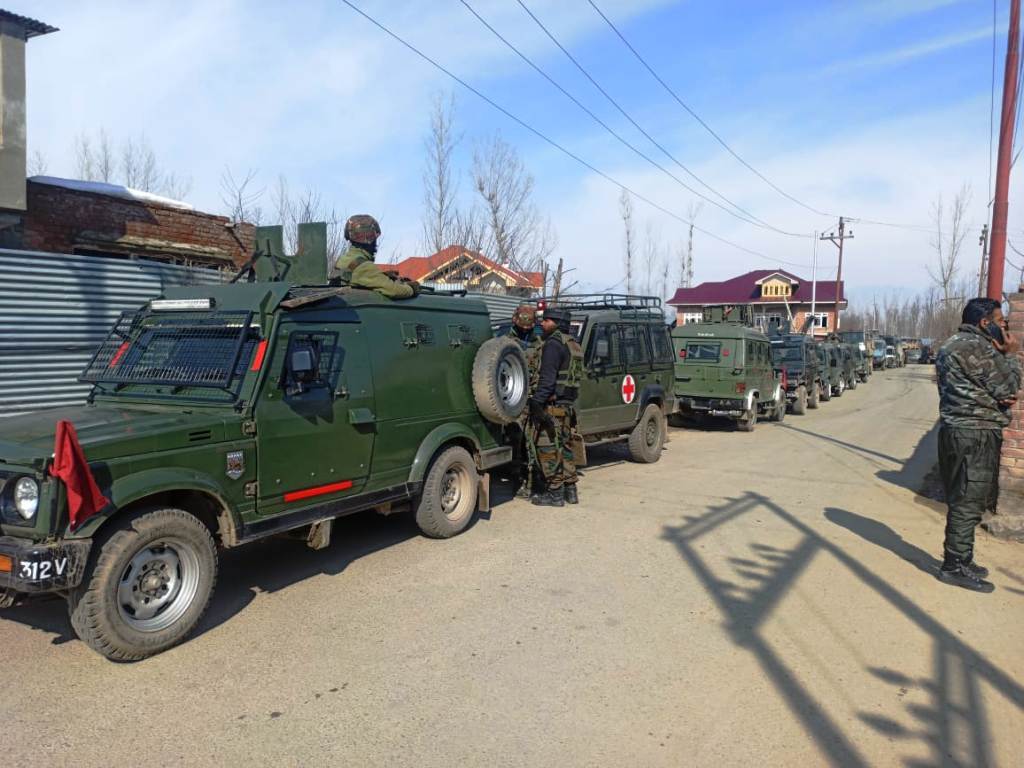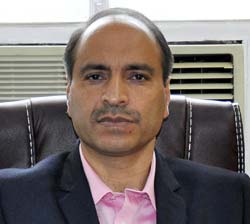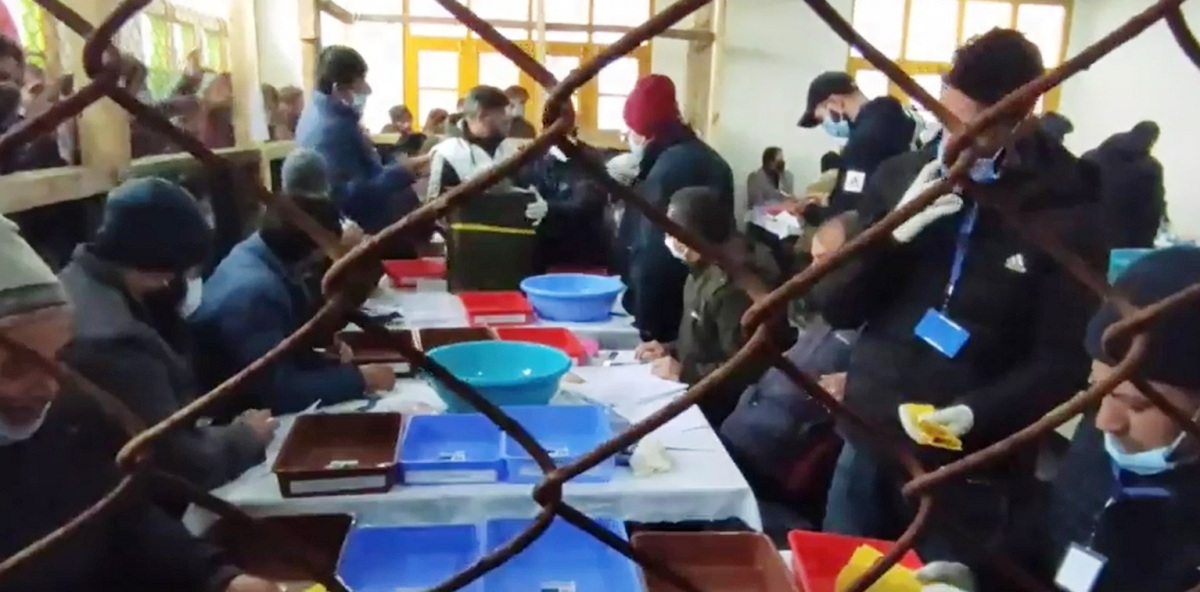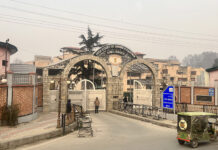Bilal Handoo
SRINAGAR

It doesn’t take new ambulance much time to show up with new bullet-wounded/pellet-bored youth inside the restive SMHS gates. As vehicle drives in, vigilant volunteers and attendants start a desperate run towards the emergency operation theatre carrying an injured on a stretcher. With each fresh arrival, the crowd repeats the desperate run, thus turning the mood inside—disturbingly grim.
Trailing these wounded are their inconsolable parents, whose mournful presence helps one to realise the grim situation presently prevailing in south Kashmir amid mobile internet blockade. They cry. They plead. They hug each other to comfort themselves. Even then, the grief is reluctant to ebb out. Stretchers keep coming to mount the melancholic rush inside. With each entry, the sorrow surges, thus making the hospital look like a mass grieving spot.
It is second day and Srinagar’s SMHS hospital is receiving unprecedented ‘Burhan mourners’ for emergency medical treatment. By now—5:10 PM—the SMHS officials say they have already received above fifty bullet-wounded/pellet-shot individuals.
Such is the severity of the situation that even surgeons are driving themselves to extreme. “I don’t know how we are managing this rush,” says one young surgeon wearing exhaustive looks. “Since morning I saw around 20 patients which is way beyond my routine work schedule. We don’t have a proper training to handle this warlike situation, but still we are pushing ourselves to a limit to manage the maimed mess being created on the streets at the moment.”
To manage the medical emergency, six operations theatres are operational inside SMHS. Yet, the doctors say, they are falling short of staff. “Normally,” says a surgeon who is tirelessly working since Saturday, “we need 25 doctors. But we operate with only 15 doctors at the moment, which is too less to manage the overwhelming medical crisis.” What is equally contributing to this shortage, he says, are the repetitive attacks on ambulances and doctors by forces.
The medico is treating a boy from Nihama Pulwama, who has a bullet in his leg. He is reluctant to talk about his injury. Around him, attendants are equally charged up. There is one thing they seem to be sure about: presence of sleuths in civvies around. This sense of stalking by sleuths runs deep in attendants amid the incoming stretchers.
One small boy barely 10-year-old is the next to be taken inside the crowded operation theatre. His sobbing relatives attempt to bypass the vigilant gatekeeper, but they are being denied entry inside an operation theatre. They join the already crying women attendants around.

In small groups, nearby, the youth are busy talking, detailing the making of a maimed person from Pulwama. Most of these youth wear blood stained clothes. They turn attentive when another group of youngsters from Tral shouting pro-freedom slogans march in with another stretcher—carrying another bullet-wounded boy.
Women break down over the nonstop bodies being hospitalised at an alarmed pace inside SMHS. Some more women turn up, mourning.
“Is Zubair, my son, alright?” a mother from Tral enquires from her injured son’s attendant.
“He is alright,” the attendant replies. “Let the doctor do his job. Allah is with him.”
Even the choicest words don’t seem to comfort the mother who keeps crying: “Son! Didn’t I tell you not to come out of home! See, how they fired a bullet at you!”
Almost everyone—especially the mothers—tell tear-jerking stories in the most poignant manner at the gates of operation theatres.
Far away from the busy theatre, the statisticians — keeping close track of the records of the wounded taken inside the hospital — put their number at around 77, and counting. All of them, they say, have bullet injuries. One among them was a Pulwama youth Irfan Malik, declared brought dead in the hospital early today while two other critically injured were referred to SKIMS.

Amid the surging numbers, the record keepers say, the hospital received around 88 bullet-wounded/pellet-hit boys yesterday—the day when militant commander Burhan Wani was laid to rest in Tral amid moist eyes and violent clashes.
Taking care of the bleeding visitors, the volunteers have turned up in the hospital and are ensuring quick service. Clad in green half-jacket, these volunteers are on their toes, serving drinking water and ferrying the stretcher-borne youth to the theatre in a flash.
Far away from the melancholic din, in Ward No 8 of the hospital, the beds have been occupied by the bandaged youth. All of them have been admitted here after suffering from pellet injuries. Comforted by their parents and relatives, these youth are battling eyesight-threatening injuries.
Keeping the swelling score of such boys, the hospital administration has shifted some of them to nearby Ward 7, where scenes are no different. The on-duty lady doctor, however, denies sharing the number of pellet-hit boys.
Meanwhile, another ambulance carrying the wounded arrives at the gates of SMHS. The same signature run to emergency theatre begins. And trailing the injured, another mother turns the air mournful by her wailing. Is this the beginning of the start of the circle that Kashmir witnessed in 2008 and 2010?



